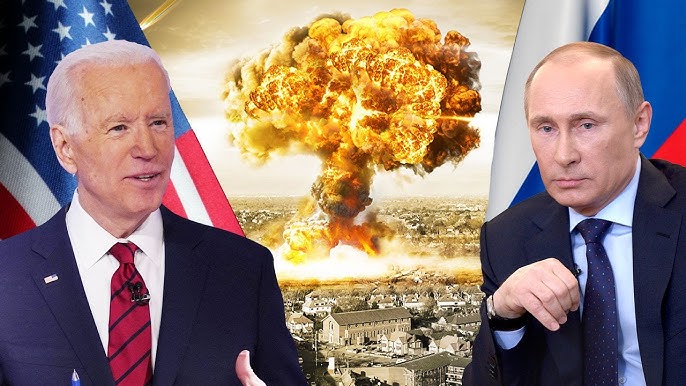The New York Times recently revealed a high-stakes geopolitical drama involving U.S. intelligence and Russian sabotage plans. According to the report, American intelligence uncovered Russian plans to send explosive devices on cargo planes, potentially targeting the United States and Canada. These findings prompted swift action from senior White House officials, who used various communication channels to warn Russian President Vladimir Putin of the consequences.
The Sabotage Threat: From Europe to North America
The story began with unexplained fires caused by suspicious packages at airports in Germany, the UK, and Poland during the summer of 2024. U.S. and European officials suspected Russia of conducting “tests” to determine how explosive devices might evade cargo security systems. The next phase of the plan appeared to involve sending these devices to North America, where they could ignite catastrophic fires during or after air transit.
Packages weren’t limited to cargo planes; some were reportedly placed in passenger aircrafts’ cargo holds, increasing the risk of a large-scale aviation disaster. U.S. Homeland Security Secretary Alejandro Mayorkas implemented stricter cargo screening protocols in August, and airline executives were urged to accelerate measures to prevent airborne sabotage.
Warning Putin: A Coordinated U.S. Effort
The Biden administration faced a critical challenge: ensuring that Putin understood the gravity of the situation. Drawing from strategies developed in 2022 during fears of Russian nuclear escalation in Ukraine, National Security Advisor Jake Sullivan and CIA Director William Burns sent multiple warnings to Kremlin insiders.
The message was clear: if Russian sabotage caused mass casualties, the U.S. would hold Moscow accountable for enabling terrorism. While the nature of the potential U.S. response was not disclosed, officials emphasized that it would escalate the shadow conflict between the two nations to a new level.
Temporary Calm or Strategic Pause?
Reports suggest that the warnings reached Putin and may have achieved their intended effect. The wave of mysterious fires in Europe has subsided—for now. However, officials remain uncertain whether this is a temporary pause or a long-term shift in Russian tactics. Some fear Moscow is using the reprieve to develop more sophisticated and undetectable devices.
Sabotage Beyond Explosives
The summer of 2024 also saw other forms of sabotage attributed to Russia, including warehouse fires, GPS signal disruptions affecting aviation and shipping, and undersea cable damage. The U.S. reportedly warned Germany of a potential assassination attempt on an executive from Rheinmetall, a major arms manufacturer supporting Ukraine.
These incidents highlight Russia’s apparent goal: undermining NATO support for Ukraine without provoking a direct military response. The shadow war has redefined Europe’s security landscape, rekindling Cold War-era tensions.
The Future of U.S.-Russia Relations
Despite the crisis, communication channels between Washington and Moscow remain open, albeit indirect. President Biden and President Putin have not spoken since the invasion of Ukraine in February 2022, but diplomatic efforts have continued behind the scenes. Observers speculate that direct talks could resume, potentially influenced by geopolitical shifts or a future meeting under President-elect Donald Trump.
A Fragile Balance
While the immediate threat seems contained, experts warn that Russia’s next moves remain unpredictable. The events of 2024 underscore the precariousness of global security and the persistent challenges posed by shadow conflicts. For now, the world watches and waits.





